Anne Frank Portfolio Samantha McClure - Period 2
Exploring Amsterdam
Amsterdam Museum
The Amsterdam Museum is a great place for anyone who wants to learn more about the city. As the capital of the Netherlands, and a 1000 year old trading city, the city of Amsterdam is a historical gem. At the Amsterdam Museum, you can see, read, hear, and experience how the city has developed. The museum offers many guided tours and inertactive exhibits to intrest people of all ages.
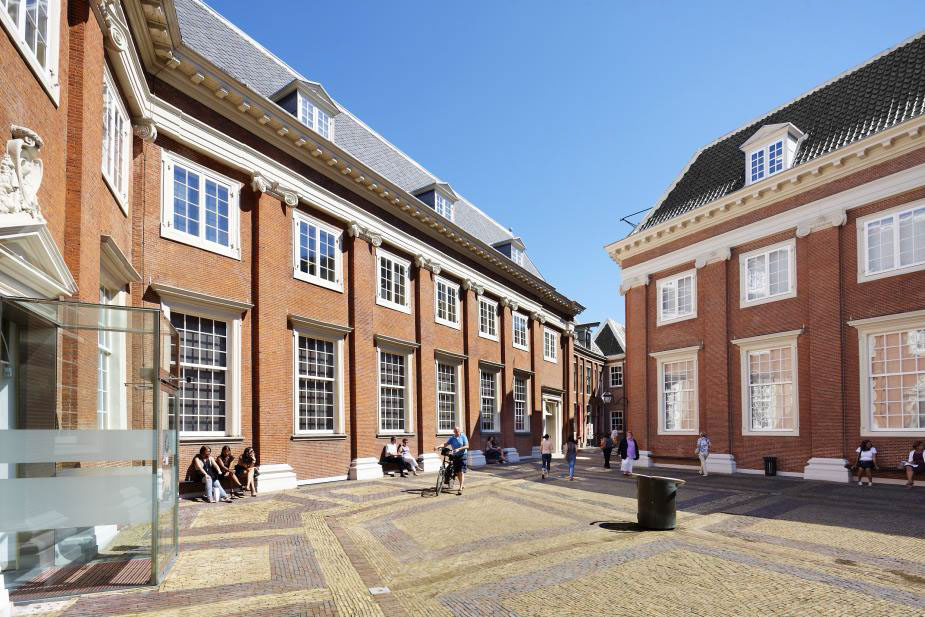

Anne Frank House
The Anne Frank House, also known as the Secret Annex, is the house that served as Anne Frank's hiding place for two years during World War ll and where her famous diary was written. The Secret Annex was located behind her fathers business. The two floors and the attic of the Secret Annex were shared between the Frank family and the van Pels family, all hidden behind a bookcase while business still continued in the front part of the building. The Anne Frank House has become a popular tourist destination and a historical landmark. Many people visit the Anne Frank House and read her diary to get a feel for what Anne's life was like during her time in hiding.
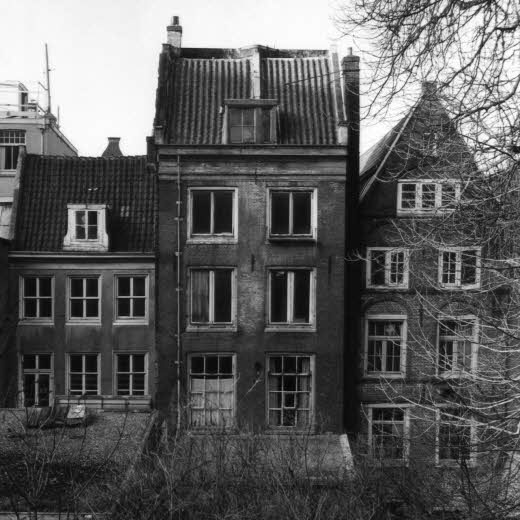
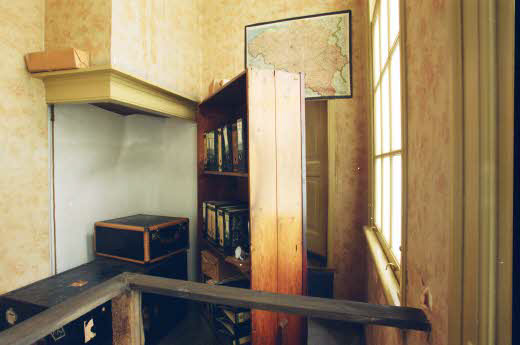
Nuremberg Law
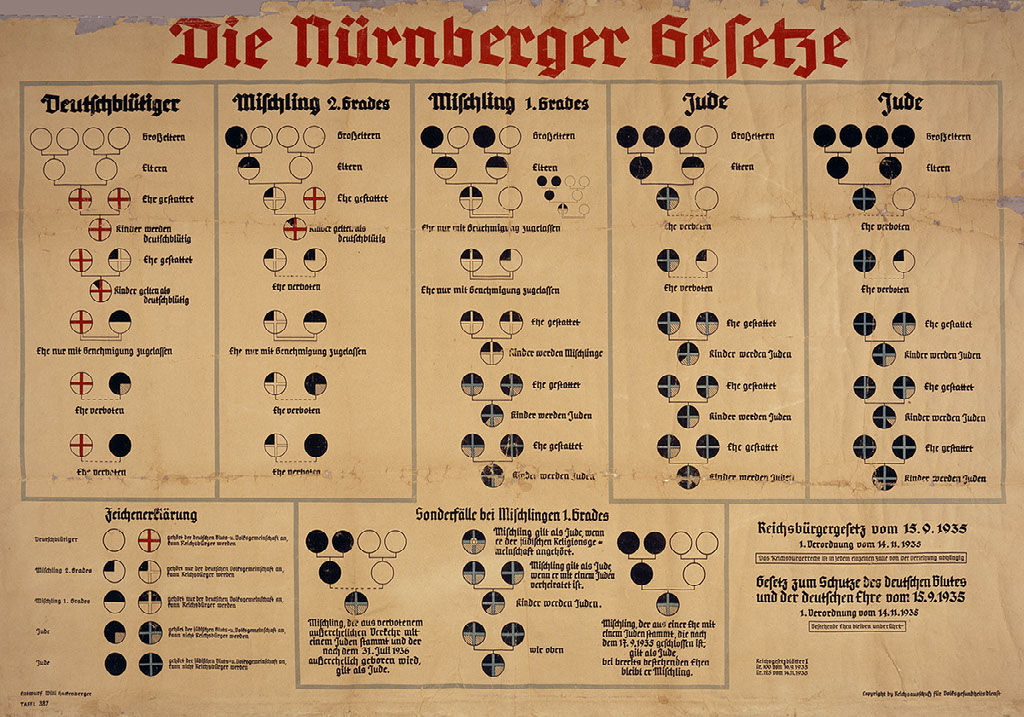
1. Marriage between Jews and subjects of the state of German or related blood are forbidden. Marriages nevertheless concluded are invalid, even if concluded abroad to circumvent the law. Annulment proceedings can be initiated only by the State Prosecutor.
2. Extramarital intercourse between Jews and subjects of the state of German or related blood is forbidden.
3. Jews may not employ in their household female subjects of the state of Germans of related blood who are under 45 years old.
4. Jews are forbidden to fly the Reich or National flag or to display the Reich colors. They are, on the other hand, permitted to display the Jewish colors. The exercise of this right is protected by the State.
5. Any person who violates the prohibition under I will be punished by a prison sentence with hard labor. A male who violates the prohibition under I will be punished with a prison sentence with or without hard labor. Any person violating the provisions under III or IV will be punished with a prison sentence of up to one year and a fine, or with one or the other of these penalties. The Reich Minister of the Interior, in coordination with the Deputy of the Führer and the Reich Minister of Justice, will issue the Legal and Administrative regulations required to implement and complete the Law. The Law takes effect on the day following promulgations except for III, which goes into force on January 1, 1936. Nuremberg, September 15, 1935 at the Reich Party Congress of Freedom.
Propaganda
By definition, propaganda is information, usually of a misleading nature, that is used to publicize a particular political cause or point of view. Propaganda was used a lot during World War ll, coming from the Nazis in Germany, America, Japan, and other parts of the world. There were many different forms of propaganda used to appeal to certain people. Demonization was used frequently by the Nazi party. Their posters often depicted the enemy, who were the Jews, as menacing and purely evil. Humor and caricatures were also very popular forms of propaganda. This type of propaganda was usually very offensive and depicted racial stereotypes. Emotional appeals, name calling, and patriotic appeals were also used along with catchy slogans and visable signs. During this time period, almost anything could be used for propaganda pieces. For example, the Nazis would often used people who may have been famous in the news at the time and turned them into pieces of propaganda.
The Characters
Anne Frank
Anne Frank was the daughter of Otto and Edith Frank. She had one sister, Margot. Anne kept a diary while in hiding during World War ll, which has now been read by many people all over the world. Anne was very lively and had lots of friends before she went into hiding. In her diary, Anne revelas a very serious side of her personality.
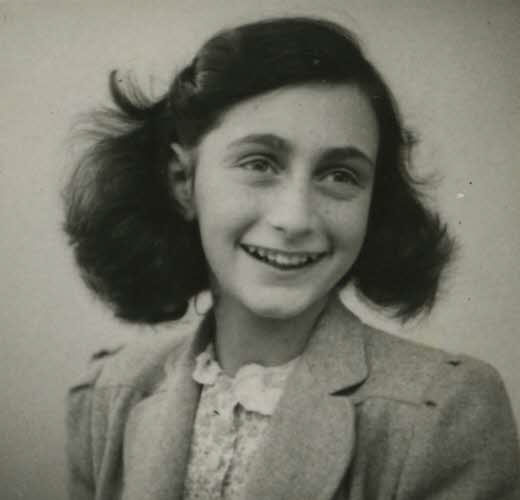
Otto Frank
Otto Frank and his wife Edith had two children, Anne and Margot Frank. Otto brought his family into hiding to keep them safe. He was described as the calm and most logical one. Anne Frank wrote in her dairy that her father, Otto, was her favorite parent. Otto Frank owned a business on the Prinsengracht 263 but gave the owner ship to his friend and co-worker before the family went into hiding in the Secret Annex behind the business. Otto Frank was the only one who returned from the concentration camps after the war was over.
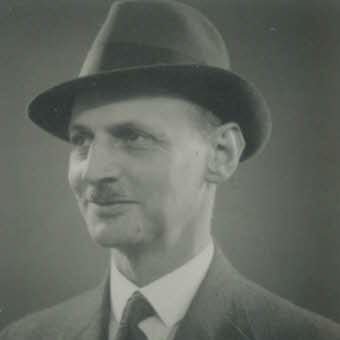
Peter van PelS
Peter van Pels was the son of Herman and Auguste van Pels. He was an only child. Peter and his family accounted for three of the eight people hiding in the Secret Annex. Peter was a quiet boy who liked to work with his hands. While in the Secret Annex, Peter was Anne's crush and her first kiss. He's was sent to Auschwitz with Otto Frank when the hiding place was discovered.
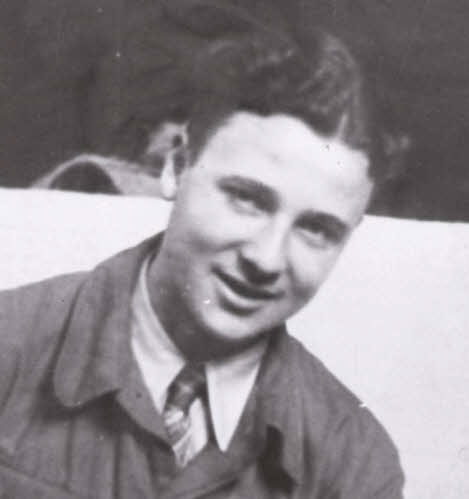
Miep Gies
Miep Gies was one of the five helpers who brought supplies to the Frank family and the van Pels family while they were in hiding. Miep was working as a secretary at Otto's company. After everyone in the Annex was arrested, she found Anne's diary on the floor. She kept the diary safe and gave it to Otto when he returned from the concentration camp. Miep was married to Jan Gies who also helped those hiding in the Secret Annex.
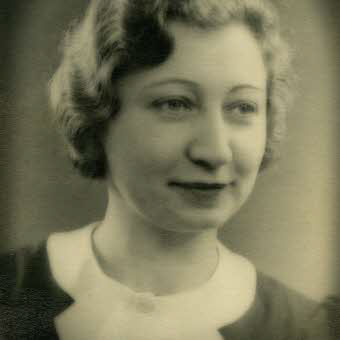
"Act i" Summary
In Act I, the Frank family had to go into hiding in the 'Secret Annex' behind Otto Frank's business. The family of four was joined by the Van Dann family and later by Mr. Dussel for a total of eight people hiding in the Secret Annex. While in the Annex, Anne becomes bored and acts out in very immature ways. She goofs around and at agonizes the others. During this time, Anne continues to write in her diary, revealing a more mature side to her. Those in hiding have Miep Gies bringing them the nessissarly food and supplies, which consists of lots of beans, potatoes, and lettuce due to the foot shortage. The group still finds things to be happy about and they even celebrate Hanukkah, despite them having to be very quite most of the time, and Anne gives everyone presents, showing the others that she can be more mature and not a bratty as they make her out to be.
WARSAW GHETTO UPRISING
When did the Warsaw Ghetto Uprising take place?
The Warsaw Ghetto Uprising is the 1943 act of Jewish resistance that took place from April 19, 1943 to May 16, 1943 in the small 'ghetto' of Warsaw, Poland that was surrounded by barbed-wire and armed guards. This ghetto was home to about 500,000 Jews.
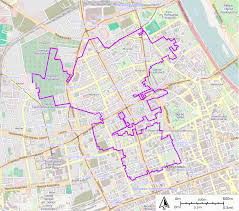
How many people died in the Warsaw Ghetto?
The ghetto held approximately 500,000 Jews. Thousands died each month from starvation and disease. Many others were sent to their deaths at the concentration camps. About 11,500 Jews survived the Warsaw Ghetto after it was liberated.
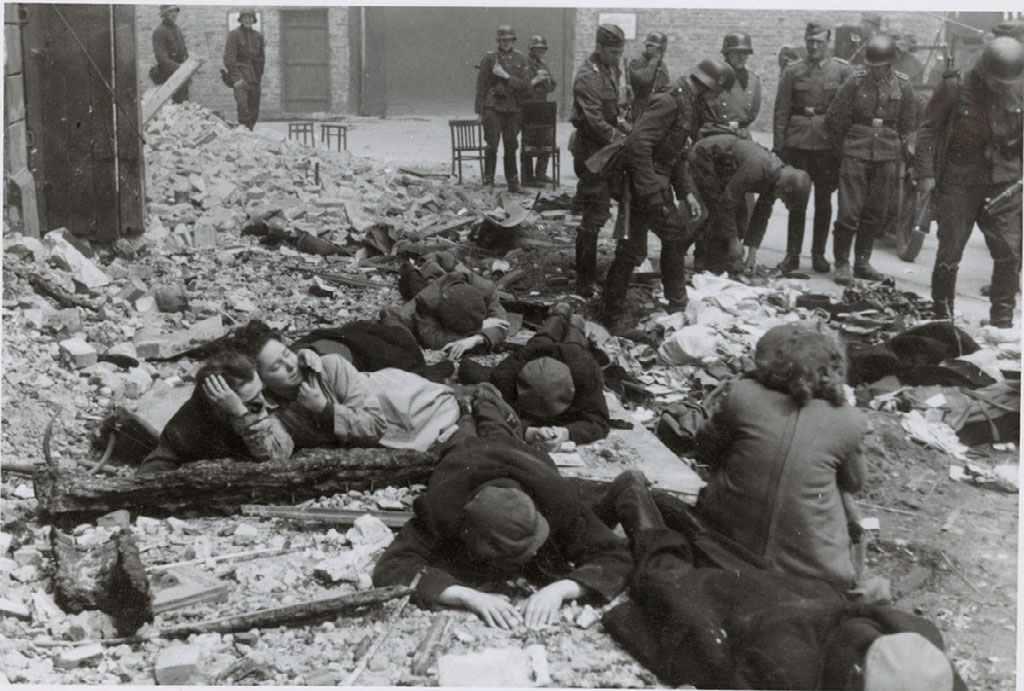
How many German soldiers and Jewish fighters were killed in the uprising?
About 166,000 people lost their lives in the Warsaw Ghetto Uprising. At least 7,000 Jews died while fighting in the uprising. 20,000 Jews were in hiding after the uprising amongst the ruins of the ghetto. Many were found and killed. The German soilders lost approximately 300 men in the uprising.
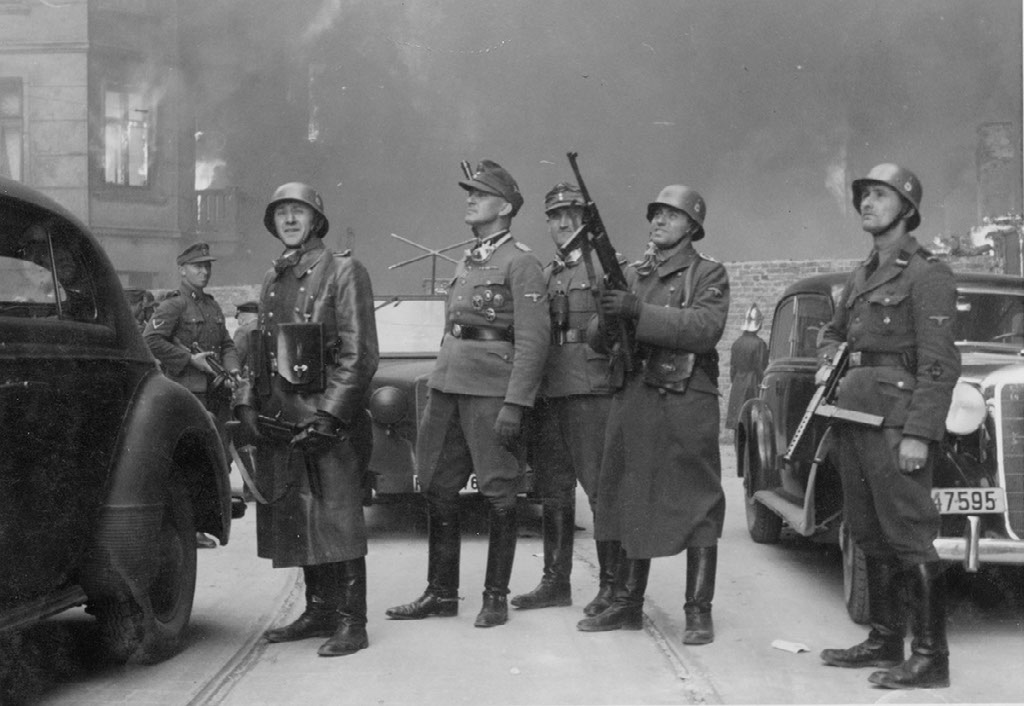
As a result of the uprising, what did it do for Jewish morale in Poland?
The uprising definately gave the Jews cofidence. Jews in other areas now knew that it was not only possible to kill Germans, but to live afterwards. The Jews that survived the ghetto went on to be known as "Ghetto Fighters" and we're looked up upon in the Jewish community for not only surviving the Germany, but for fighting the enemy.
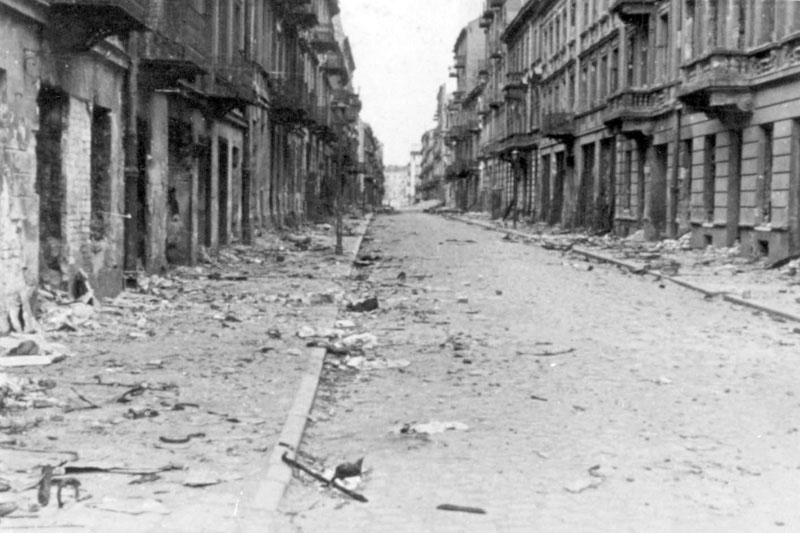
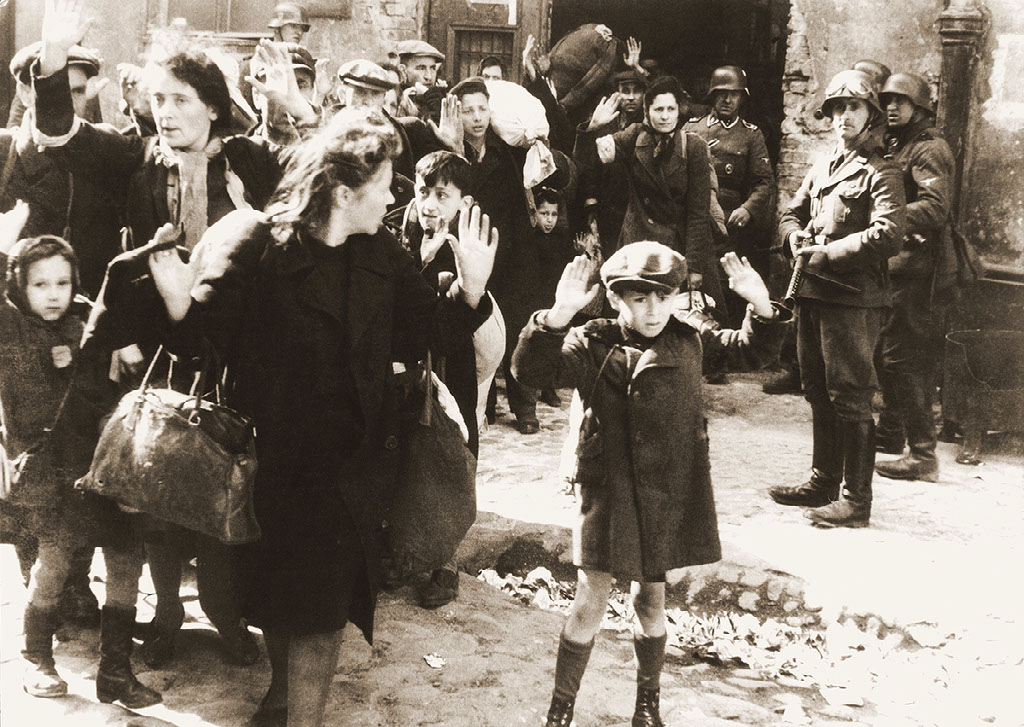
"Act ii" Summary
In Act II, the families are still in hiding and the characters lack of food becomes more visable, as they are all a little thinner. To celebrate the start of a new year however, Miep brings those in hiding a cake which is a real treat for anyone during that time period. A man who worked in the office below the Secret Annex asked Mr. Kraler, one of the workers and a helper to those in hiding, notified they families that he was blackmailed. The man was asking about Mr. Frank and was curious about where the door went that used to be where the bookcase is, so the families had to give him more money to keep quiet. There was aslo a thief that broke into the building one night who might know there are Jews hiding above the office. Anne and Peter also became friends and talked more. However, one day those in the Secrert Annex were discovered. They were forced out of their home and then sent to concentration camps. Mr. Frank was the only one who had returned after the war. Miep had kept Anne's diary and given it to him.
What day to day life was like in a concentration camp.